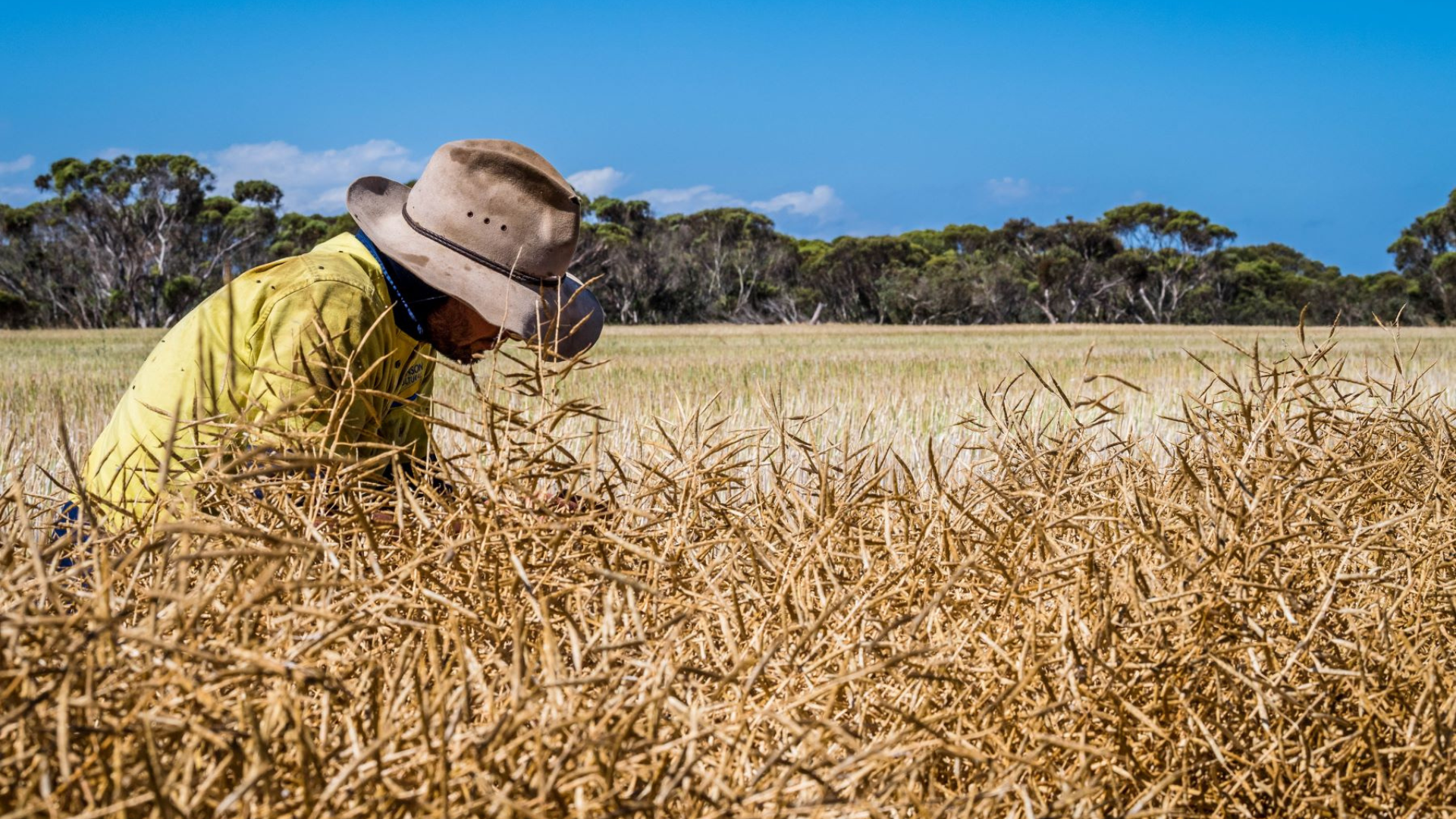The Australian Beef Market in 2025: An Absolute Cracker
In this column in July, the StoneX H2 2025 Australian Cattle & Beef Market Outlook’s bold calls were analysed and assessed for what the final 6...
2 min read
 Natasha Lobban
:
Oct 21, 2025
Natasha Lobban
:
Oct 21, 2025

Pic: AgriShots
Strong international supply and mixed local conditions are shaping feed availability and grain prices for Australian producers.
In the Elders October Cropping Market Update, Elders Business Intelligence Analyst Richard Koch explains: “Domestic grain markets have followed international prices lower (although lower $A has limited falls) on the expectations of another solid local crop and increased domestic carryout stocks.”
High global wheat and corn production is keeping markets subdued, helping Australian producers access feed grain at reasonable prices. Mr Koch notes, “A dry finish to Spring has meant that Australian crop production estimates have peaked with western and northern regions better than average, but with crops across the south struggling to the finish line and average at best.” For livestock producers, this translates to stable or lower feed costs for the coming months, with ample options for rationing and feedlot supplementation.
While northern barley markets remain pressured by weak demand, Chinese buying has re-emerged, supporting local prices. This provides a floor for barley values and reassurance for producers feeding livestock, particularly for those in northern regions where export parity helps underpin local bids.
Canola bids continue to outperform wheat and barley, offering growers a more attractive cash crop option. Mr Koch reports, “WA canola bids have firmed in recent days to $813/t FIS port to almost recover the losses of the past month, with the spread to GM a hefty $120/tonne.” For livestock producers, canola may also serve as a source of future meal or oilseed by-products, while remaining a valuable cash-flow crop for cropping enterprises.
Global competition and softer Indian demand have pushed pulse values down. According to Mr Koch, “Chickpea values have dragged themselves off the floor, rising to $600/tonne Brisbane, $560/tonne Downs packer and $510 to $515/tonne nth NSW, well below bids of over $1,000/tonne this time last year.” This presents opportunities for livestock producers seeking protein-rich feed options at more affordable rates. WA lupins have similarly eased, providing further flexibility for rations and feed planning.
Southern cropping regions have been hit by dry spring conditions, reducing yields and encouraging hay cutting, while northern areas are reporting better-than-average results. Mr Koch observes, “Harvesting of barley has started in Queensland with reports of some chunky yields of 5–6 tonnes/hectare in NSW/Queensland border regions.” Livestock producers in the south may face tighter feed options temporarily, whereas northern producers can store grain for later use and plan for post-harvest feed allocation.
He said growers in the north are likely to hoard crops in the hope of a post-harvest rally, but southern growers need cash flow. "Currently grower and end user pricing ideas on cereals are wide apart and not much better than breakeven for many," he said. "Those with canola will look to sell at circa $800/tonne to generate some cash flow and will dribble out cereals in the hope that we see firmer prices post-harvest. There is likely to be some harvest pressure in the south as weak sellers need to generate cash flow."
Sorghum planting is progressing well, and early yields look promising, but demand from China remains modest. Mr Koch comments, “There is some Chinese buying at modest levels with the trade only interested in accumulating tonnage at their bid and not open to negotiation.” Northern livestock producers may watch these developments closely as they consider summer feed availability and forward contracts for sorghum.
While current market sentiment is bearish, potential reductions in wheat plantings in Russia, the US, and Europe could tighten supply next year. Mr Koch notes: "The adage that low prices cure low prices may ring true in 2026-27." He pointed to significant problems developing in Russia, such as lack of fuel and government involvement, as well as pullback in the US and in Australia. "Lower global cereal plantings in 2026-27 will mean current pricing will be sensitive to any new crop production threats."
.jpg)
In this column in July, the StoneX H2 2025 Australian Cattle & Beef Market Outlook’s bold calls were analysed and assessed for what the final 6...
.png)
Each December we save the last article of the year for a bit of a crystal ball gaze, as we try to bring together market fundamentals and work out...
.png)
Australia’s wool market posted another strong performance this week, with all micron categories attracting solid support across the three selling...